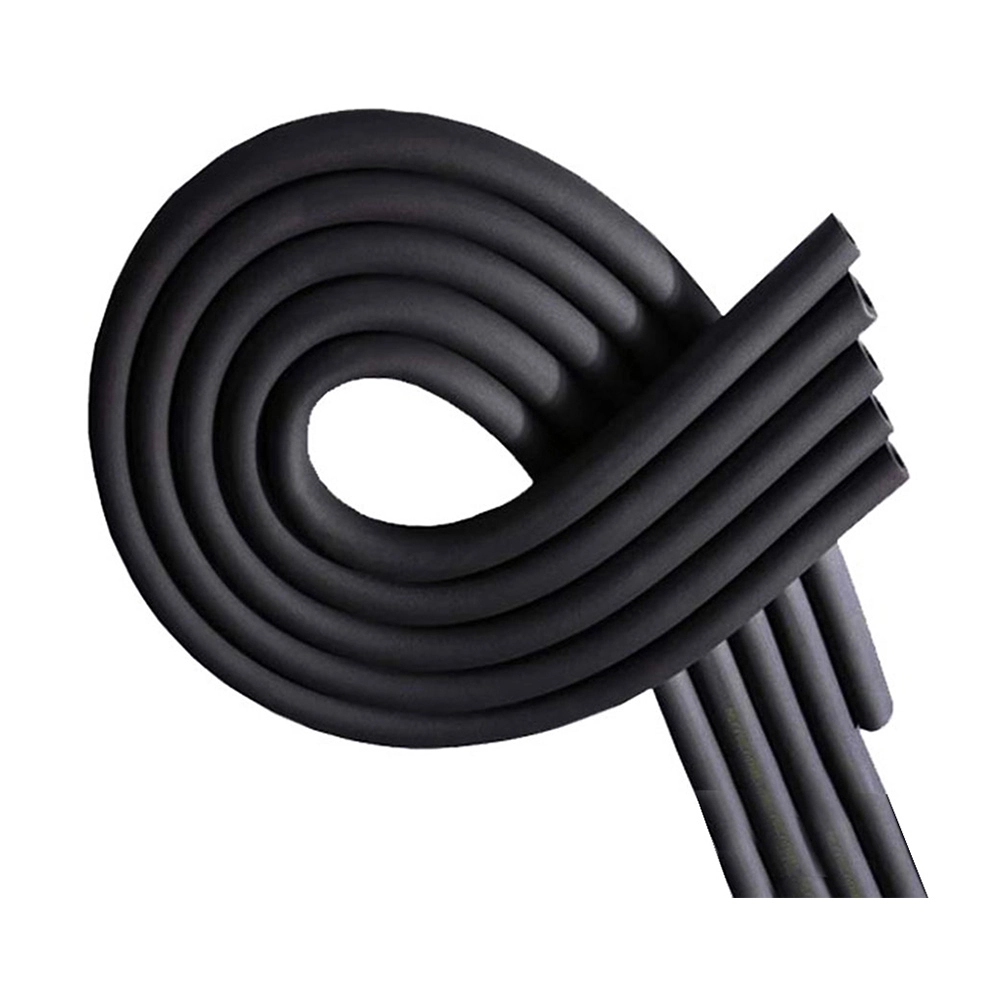Foam vs. Fiberglass Pipe Insulation: A Professional Guide | FUNAS
# Is Foam or Fiberglass Better for Pipe Insulation?
When selecting the optimal material for pipe insulation in various industrial and commercial settings, professionals often weigh the benefits and limitations of foam versus fiberglass. Choosing the right insulation can significantly enhance energy efficiency, reduce noise, and increase the longevity of piping systems. Here’s what you need to know to make an informed choice.
Understanding Foam Insulation
Foam pipe insulation, commonly made from polyethylene or elastomeric materials, is known for its flexibility and ease of installation. Its closed-cell structure offers excellent moisture resistance and thermal performance, making it particularly suitable for settings where condensation control is crucial. Additionally, foam insulation is lightweight and easily adjustable, allowing quick modifications on-site.
Pros of Foam Insulation:
- Moisture Resistance: Its closed-cell technology effectively prevents moisture ingress, minimizing the risk of pipe corrosion.
- Installation: Lightweight and flexible, making it simple and efficient to install around complex piping systems.
- Energy Efficiency: Superior thermal resistance helps in reducing thermal loss.
Cons of Foam Insulation:
- Cost: Generally more expensive compared to fiberglass insulation.
- Temperature Limitations: Not ideal for very high-temperature industrial applications, typically limited to around 220°F (104°C).
Exploring Fiberglass Insulation
Fiberglass, a material known for its affordability and robust thermal resistance, has been a staple in pipe insulation for decades. Crafted from glass fibers, it offers excellent energy efficiency, especially in high-temperature environments. Fiberglass is often accompanied by a vapor retardant jacket to enhance moisture resistance.
Pros of Fiberglass Insulation:
- High-Temperature Endurance: Suitable for applications dealing with temperatures up to 1000°F (538°C).
- Cost-Effectiveness: Generally more economical than foam, particularly over large-scale projects.
- Sound Absorption: Excellent for minimizing noise generated by pipes.
Cons of Fiberglass Insulation:
- Moisture Vulnerability: Requires proper sealing to prevent moisture penetration and to maintain efficacy.
- Installation Challenges: More rigid and bulkier, which can complicate installation in tight or curvy spaces.
Which Insulation is Better?
Deciding between foam and fiberglass pipe insulation largely depends on your specific needs:
- For Condensation Control: Foam leads the way due to its superior moisture resistance.
- For High Temperature: Fiberglass is unparalleled for high-temperature applications.
- For Budget-Conscious Projects: Fiberglass offers a cost-efficient solution with reliable performance.
- For Easy Installation in Challenging Spaces: Foam’s flexibility and ease of handling make it the better choice.
Conclusion
Both foam and fiberglass have distinct advantages that cater to specific requirements. Evaluate your project's thermal, acoustic, and installation needs carefully to choose the most suitable insulation material. For personalized advice and a comprehensive range of insulation products, consider consulting with experts at FUNAS, where quality and innovation meet.
Whether you’re interested in optimizing energy efficiency or ensuring the longevity of your infrastructure, understanding these critical differences will guide you in selecting the right insulation for your professional applications.
* Top Nitrile Rubber Insulation Solutions – FUNAS *Meta Description:* Discover high-quality nitrile rubber insulation solutions by FUNAS. Trusted in various industries, our products offer reliability and efficiency.
Cost Per Square Foot for Closed Cell Foam Insulation | Funas
Fiberglass vs Stone Wool Insulation: The Guide | FUNAS
Discover the Cheapest Effective Insulation Options | FUNAS
FAQ
How do I choose the right insulation for my project?
Our team can help you choose the best material for heat insulation based on your specific needs, such as thermal resistance, acoustic properties, and environmental conditions.
How to start a consultation?
You can contact us through our website, phone, or email. We will arrange a professional staff to discuss your needs about best thermal insulator and how we can help you.
service
How does your technical support work?
Our technical support team is available to guide you through every stage of your project—from product selection and design to installation. We provide expert consultation to ensure that you get the best insulation solution for your needs and can assist with troubleshooting if needed.
Can I request custom dimensions or properties for my insulation needs?
Yes, we specialize in custom solutions. Whether you need specific dimensions, thicknesses, densities, or additional coatings, we can work with you to manufacture insulation products tailored to your exact requirements of good materials for heat insulation.
What types of rubber foam insulation products do you offer?
We offer a wide range of rubber foam insulation products, including custom shapes and sizes, thermal and acoustic insulation solutions, and options with specialized coatings such as flame retardancy and water resistance. Our products are suitable for applications in HVAC, automotive, construction, and more.

Wholesale Black nitrile rubber foam pipe rubber NBR foam tube rubber foam insulation tube for hvac system

Wholesale Rock Wool Mineral Wool Board Panel Sheet
High-performance rock wool board for superior thermal and acoustic insulation. A reliable choice for building projects.

Blue Rubber-plastic Tube Rubber foam pipe wholesale



















































